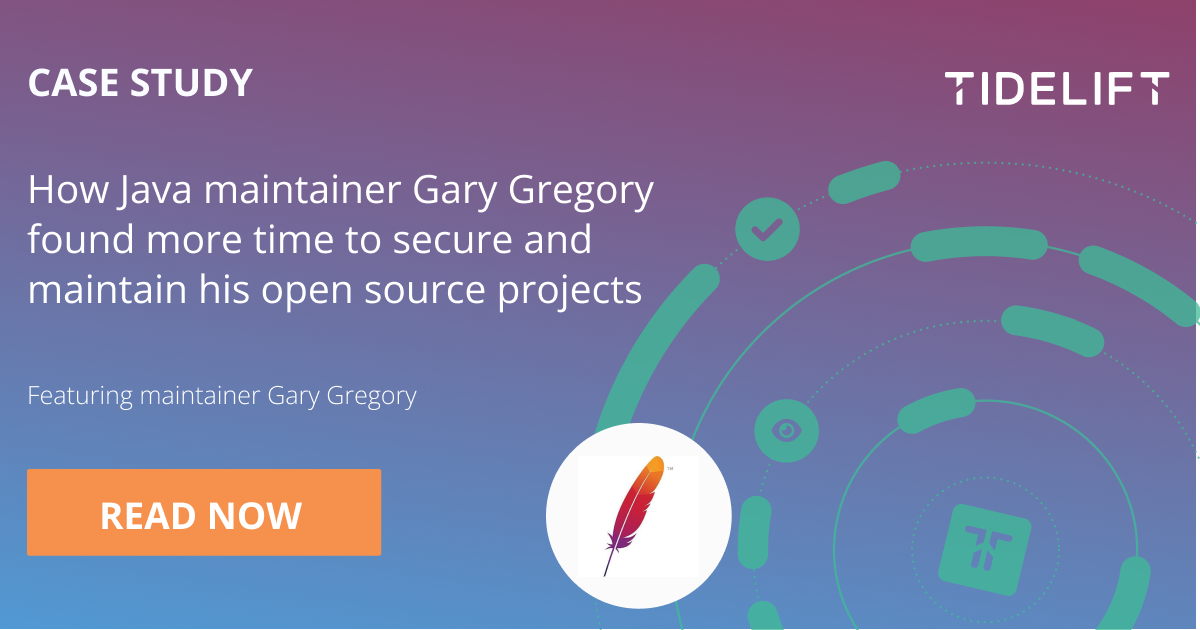Who are open source maintainers?
Introduction
Open source maintainers play a crucial role in the development and upkeep of open source projects. They ensure that their project(s) remains functional, secure, and up-to-date by handling a range of key responsibilities, including (and not limited to):
- Building and improving code: maintainers write new code, fix bugs, and optimize the performance of the software.
- Issue/bug management: they manage bug reports and feature requests from the community, prioritizing fixes and improvements.
- Project management: maintainers organize workflows, set goals, and coordinate releases to ensure the project progresses smoothly.
- Documentation: clear and accurate documentation is essential for new contributors and users, and maintainers ensure this information is always up to date.
- Community engagement: by engaging with contributors and users, maintainers foster a collaborative environment, encouraging contributions and feedback.
What are the challenges open source maintainers face?
Maintaining an open source project can be rewarding, but it comes with its own set of challenges:
- Resource constraints: a lack of time, funding, or support can hinder the maintainer’s ability to meet the needs of the project. In the Tidelift 2024 state of the open source maintainer survey, 60% of maintainers responded that they are not paid for their work. And when asked “What do you dislike about being an open source maintainer?” the response, “Not financially compensated enough / at all for my work” was the second most selected reason.
- Burnout: maintaining a project can be time-consuming, especially for volunteers, leading to burnout. In the Tidelift 2024 state of the open source maintainer survey, almost 60% of maintainers reported having quit or considered quitting maintaining one of their projects. It’s no wonder when 60% are hobbyists who don’t get paid for their security and maintenance work.
- Difficulty attracting new contributors: many projects struggle to bring in new developers, limiting the project’s growth and sustainability. In the same Tidelift survey, almost half of maintainers surveyed said they were a solo maintainer. Furthermore, when asked “What do you dislike about being an open source maintainer?” the response, “It can be lonely,” was the third most selected reason.
- Meeting industry and government security requirements: maintaining compliance with security standards and regulations adds extra pressure to the role. In the Tidelift state of the open source maintainer survey, when asked to provide their reasons as to why they do not plan to meet industry standards, 38% of maintainers said they don’t have the time, closely followed by 37% who said they weren’t being paid to do it.
FAQ: Open source maintainers
What is an open source maintainer?
An open source maintainer is a person responsible for overseeing the development, maintenance, and progress of an open source software project. They ensure the software remains functional, secure, and aligned with community needs.
Do open source maintainers get paid?
While some maintainers are compensated through sponsorships or contributions from organizations, many remain unpaid, maintaining projects in their spare time.
(Read more about how Tidelift and our customers pay maintainers and how this support helps improve the security and maintenance of their projects in Tidelift co-founder Luis Villa’s blog post: Paying the maintainers: the HOW-TO.)
How do you become an open source maintainer?
Becoming an open source maintainer often starts by contributing to a project, submitting code, or helping with documentation. As contributors gain experience and trust within the community, they may take on more significant responsibilities and eventually become maintainers.
What challenges do open source maintainers face?
Maintainers face challenges such as burnout, attracting new contributors, lack of resources, and ensuring compliance with security standards.
Conclusion
Open source maintainers play a vital role in ensuring the longevity, security, and quality of open source projects. Their responsibilities extend beyond coding, including managing issues, documentation, and engaging with the community. However, these tasks come with challenges like burnout and resource constraints, particularly when maintainers are unpaid.
Maintainers are the backbone of the open source ecosystem, and supporting them through funding, contributions, or recognition is crucial to ensuring the continued success of open source software.


